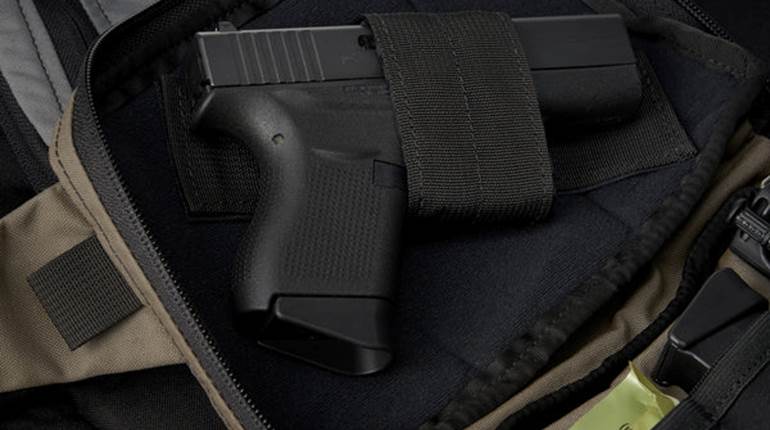
In a recent blog, I talked about the differences between the M1911 and M1911A1 pistols. A number of readers were kind enough to write in with favorable comments, which are much appreciated. If this kind of commentary is of use to my readers, I’ll try to include more of it in these electronic pages. Let me know what you would like to hear about and I’ll try to meet those requests.
I was delighted to hear from a reader named John Browning. No, it wasn’t the famous one that died in 1926, but rather a gentleman named John W. Browning. He was inquisitive about the quality of the original 1911-era pistols being made to tighter specs than later guns. This is a matter that surfaces from time to time. To answer the question, I contacted one of the nation’s best pistolsmiths, who also happens to be a serious M1911/M1911A1 collector. He once had the opportunity to detail strip M1911 pistol, No. 9.
From this background, he replied instantly to the question: “Are original 1911s made to tighter specs than later ones?” No, they were not. Intended for rough service in field conditions, the 1911 was developed and produced with a certain amount of room for crud to accumulate before cleaning. The military services are often maniacal about clean weapons of all kinds, but they are realistic enough to know that there are times when it’s impossible. The first use of the 1911 may have been in the Punitive expedition into Mexico in 1916, which was a very sandy, dusty environment. For good reason, there is no major difference in specs for GI 1911s.





































